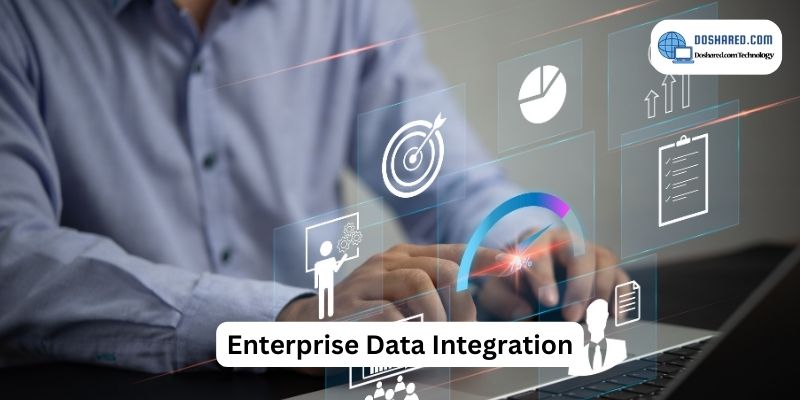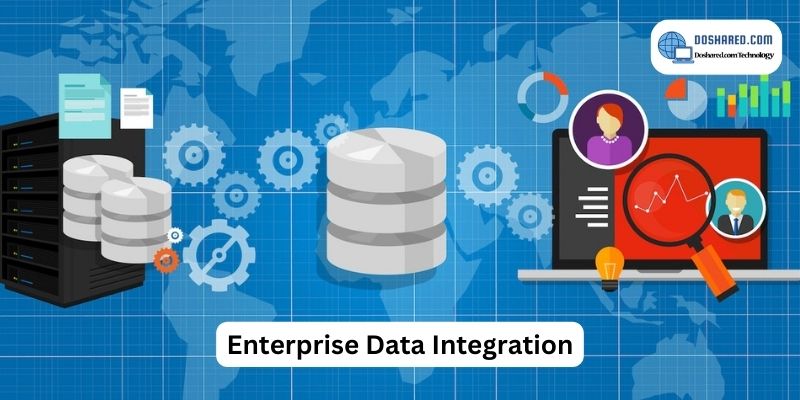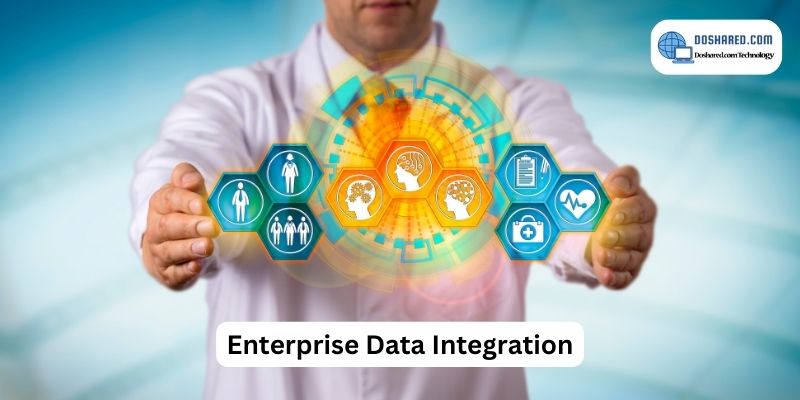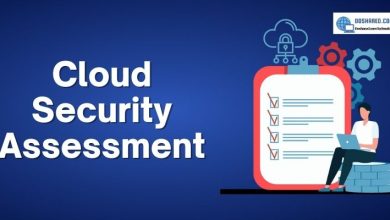5 Amazing Things About Enterprise Data Integration
Successful businesses are able to forecast the future, grasp the nature of their present, and draw lessons from the past. All of these views are connected by Enterprise Data Integration, which works like magic. Doshared.com will give you some details about this today.
Contents
Enterprise Data Integration: What is it?

The process of gathering data from diverse sources and rationally unifying that data is known as Enterprise Data Integration raditionally, this meant consolidating into a single warehouse of some kind. These days, the same unification is also possible in smaller but linked data marts that make up the data architecture for a company. As complicated and diverse as the data that passes through the systems might be, so too can be the topography of this area.
This fluidity is partly caused by the quickly evolving nature of contemporary data structures and the simple and affordable storage alternatives available to the contemporary data engineer. This means that it may be difficult to fully define and describe data integration. Often, it is simpler to comprehend data integration as a dynamic process of adapting data to organizational needs by moving and modifying data as needed.
Data Integration Evolution

In the 1960s, when businesses started buying various business application packages, each with its own proprietary database management system, the idea of data integration developed. Different programs couldn’t communicate with one another or share information across departments without an effective means to consolidate all these databases.
Companies started investing in computer-based tools and a data integration technique called Extract Transform Load (ETL) software that could extract data from one database or application and load it into another to solve this issue. By doing this, programmers would have more time to devote to creating new features rather than repeatedly designing difficult ETL procedures.
Businesses today employ big data, data lakes, data warehouses, and cloud data integration to integrate their data.
Why Enterprise Data Integration is Important?

Any person functioning in the modern world should be able to see the necessity of data integration for businesses. We need to understand data more and more as its volume and complexity rise.
Data integration is an extremely broad concept because it must cover so many different things. The depth and breadth of the data at play might be substantial, and the data itself can be very diverse. Data integration services that present themselves as cutting-edge solutions must be adaptable enough to handle these complications.
Speed is more significant than adaptability. Platforms for data integration must satisfy end users’ growing demand for real-time access to clean, usable data. It doesn’t help you much if you discover it’s going to rain after you’ve already left the house without your umbrella. Timing is crucial.
It’s important to remember that the original goal of data integration was to consolidate data into a single, central location. That still might be what many people want. Destinations frequently incorporate data storage like warehouses, lakes, or data lake houses, which combine the two previous types of data storage. These locations could be hosted and made accessible for data integration from any application type, including on-premises, cloud hybrid, and cloud native ones.
Techniques for Integrating Data

- Access to data is uniformly
Enterprise data from many sources can be accessed using uniform data access, which keeps the data in its original location while presenting it uniformly.
- Standard Data Storage
Common data storage helps to combine data from several sources, gather it in one place, and manage it. The data warehouse is the most typical example.
- Integration based on applications
Data can be requested, retrieved, stored, and manipulated in a variety of ways with the use of an application-based integration. Typically, an API, or application programming interface, is used to accomplish it. Application-based integration establishes connections to numerous data sources and offers the user a consistent set of outcomes.
- Typical User Interface
Manual integration and common user interface are two related terms. This method involves the user manually gathering data from various sources via interfaces, cleaning the data, and then submitting it. Finally, a single warehouse receives the cleansed data.
- Data Integration using Middleware
The middleware serves as a go-between in the middleware data integration technique, helping to normalize data and add it to the master data pool.
Challenges with Enterprise Data Integration

Data transformation, or changing one type of data into another so it can be read by an application, is one of the biggest hurdles in any project involving data integration. There are numerous steps in this lengthy, labor-intensive process.
Choosing which components should be translated, acquiring component information, producing a mapping document to convert data, importing or extracting component details, and finally testing to assure accuracy are all rather time-consuming steps in data integration.
Incompatible APIs (application programming interfaces) between various apps and scalability problems that develop as businesses expand are further difficulties in data integration.
In today’s economic climate, you cannot afford to be information-locked. For driving efficiency and growth, enhancing customer service, lowering expenses, boosting revenue, and boosting profits, it is crucial to be able to access and exchange company data with ease across boundaries and platforms.
In order to handle all of their data processing requirements, businesses require solutions that easily integrate data from any source, including your leading business intelligence apps.
CONCLUSION
In conclusion, businesses who want to collect and evaluate data from many sources increasingly depend on data integration as a key tool. Businesses can acquire a more complete understanding of their operations, consumers, and market trends by integrating data from many systems and platforms. This enables them to make better decisions and perform better. Businesses who invest in data integration will be better positioned to compete in a world that is becoming more and more data-driven as the volume and diversity of data increase
Conclusion: So above is the 5 Amazing Things About Enterprise Data Integration article. Hopefully with this article you can help you in life, always follow and read our good articles on the website: Doshared.com




